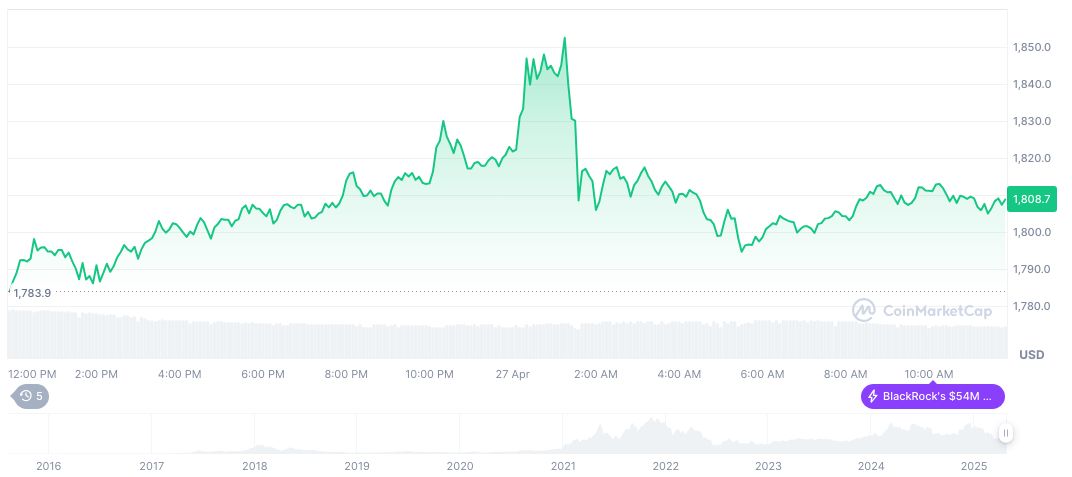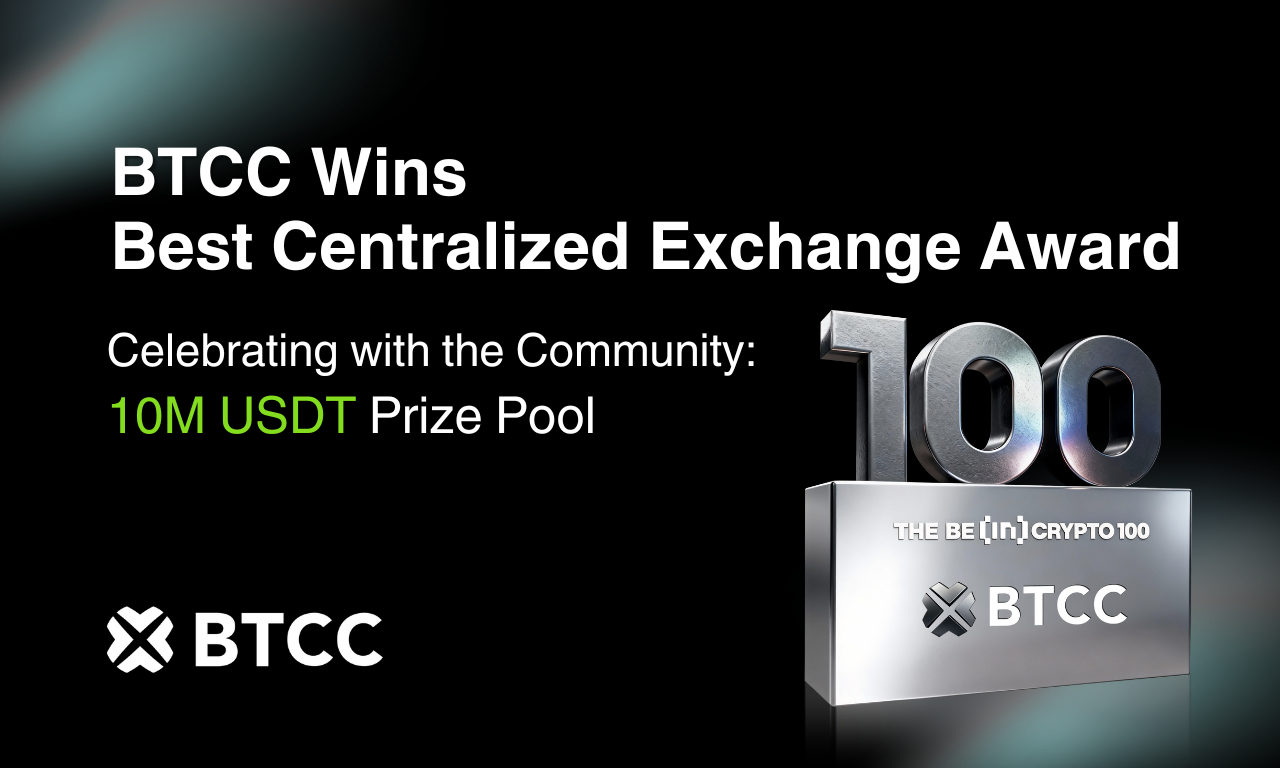- Ethereum gas limit to increase by 100x by 2029.
- Enhances network efficiency and transaction speed.
- Challenges include node adaptation and block propagation.
Ethereum Foundation researcher Dankrad Feist has proposed EIP-9698, aiming to increase Ethereum’s gas limit by 100 times over the next four years, significantly boosting network performance, if voting passes.
The EIP-9698 addresses scaling, suggesting an exponential growth plan for gas limits and enhancing overall blockchain efficiency.
Ethereum’s Proposed 100x Gas Increase by 2029
EIP-9698 by researcher Dankrad Feist suggests increasing Ethereum’s gas limit by 100x over the next four years. Ethereum clients to vote on proposal, starting June 2025.
The proposal envisions a deterministic schedule increasing gas limits tenfold every two years. This aims to boost Ethereum’s transaction speed to potentially 2,000 transactions per second.
Feist acknowledged potential challenges including node optimization needs and block propagation delays. However, the predetermined gradual increases allow adaptation time for node operators and developers.
Impact on Ethereum Congestion and Market Volatility
Did you know? Ethereum has historically managed incremental gas limit increases, like in February 2025, maintaining network stability while enhancing throughput, preparing for the ambitious EIP-9698 proposal.
According to CoinMarketCap, Ethereum (ETH) is currently priced at $1,810.81 with a market cap of $218.61 billion. The market dominance is 7.34%, and the 24-hour trading volume reached $11.54 billion, although it decreased by 3.57%. Over the past 90 days, ETH has experienced a decline of 43.32%.

Insights from Coincu research team indicate reasonable scalability expectations from the EIP-9698. They acknowledge potential regulatory considerations and technological hurdles that could affect implementation timing and efficacy.
Dankrad Feist, Researcher, Ethereum Foundation, stated: “By introducing a predictable exponential growth pattern as a client default, this EIP encourages a sustainable and transparent gas limit trajectory, aligned with expected advancements in hardware and protocol efficiency.”























